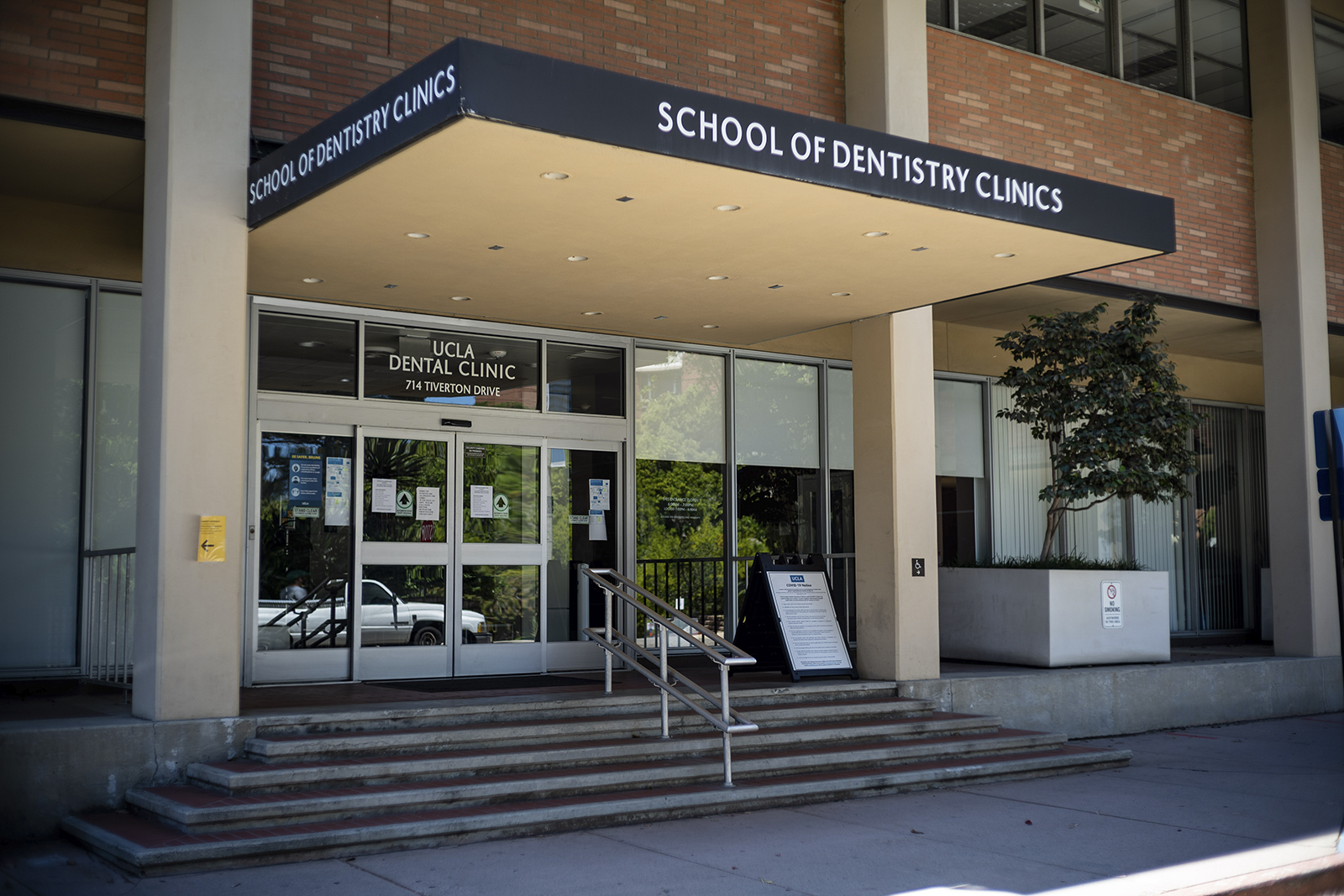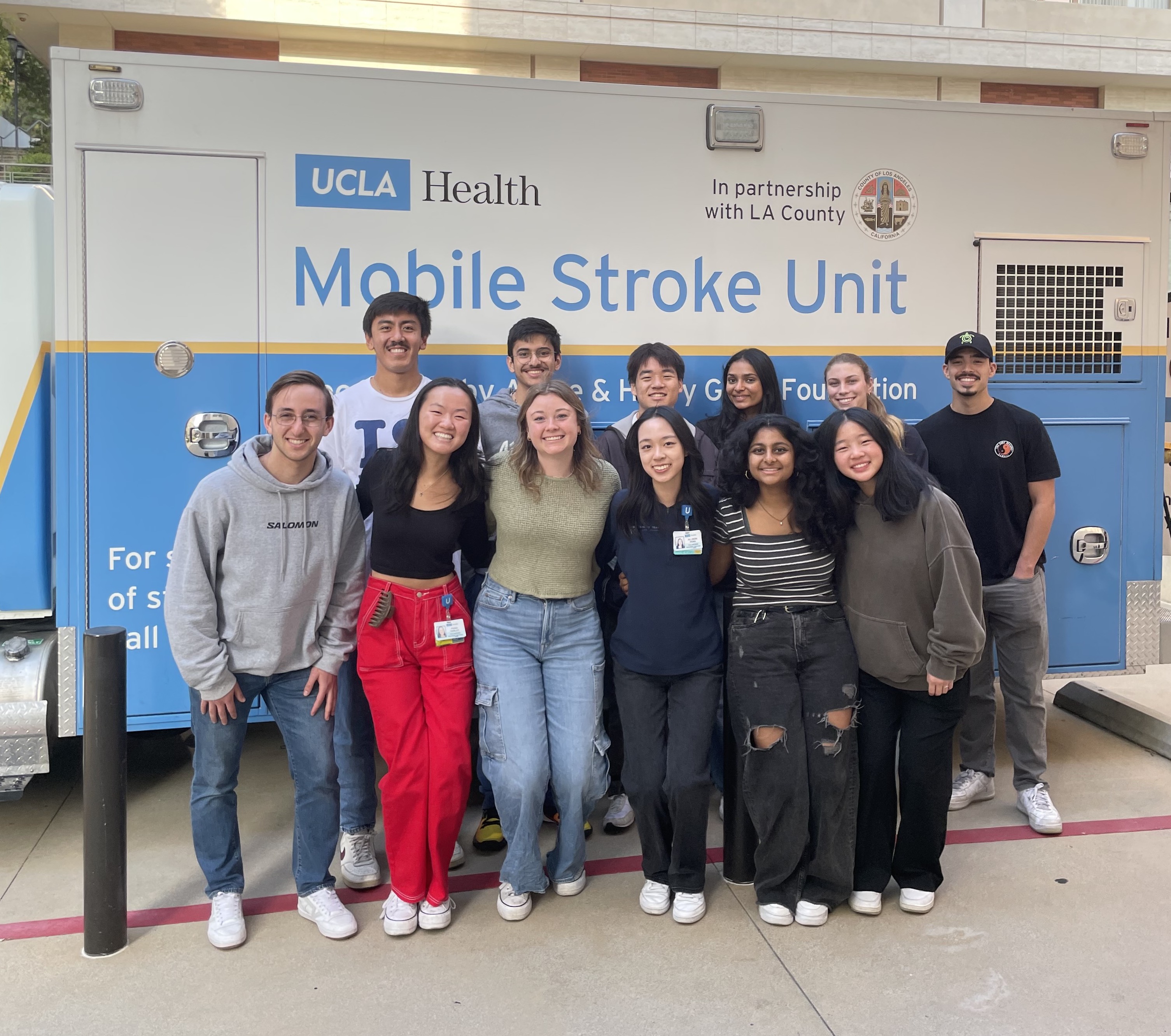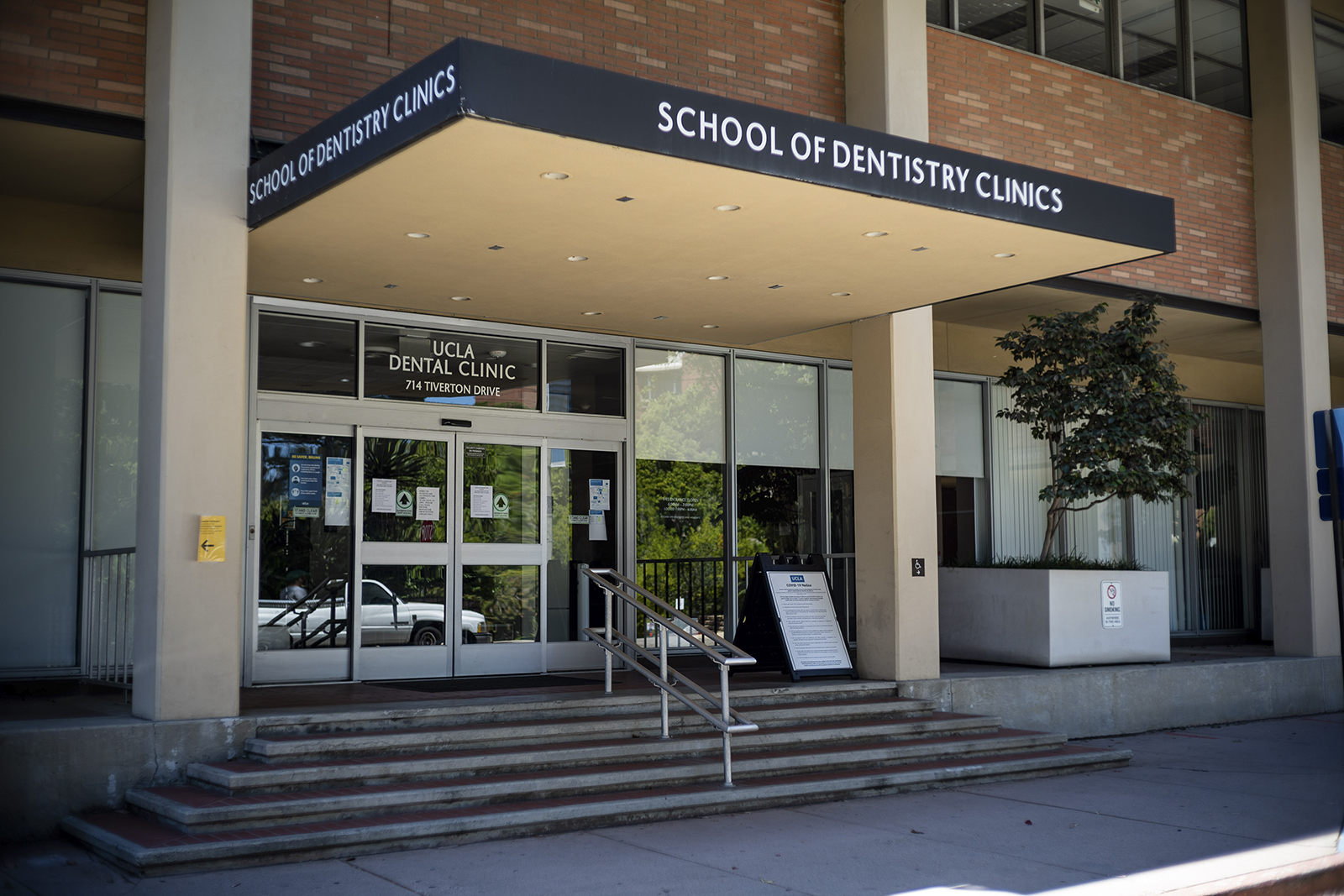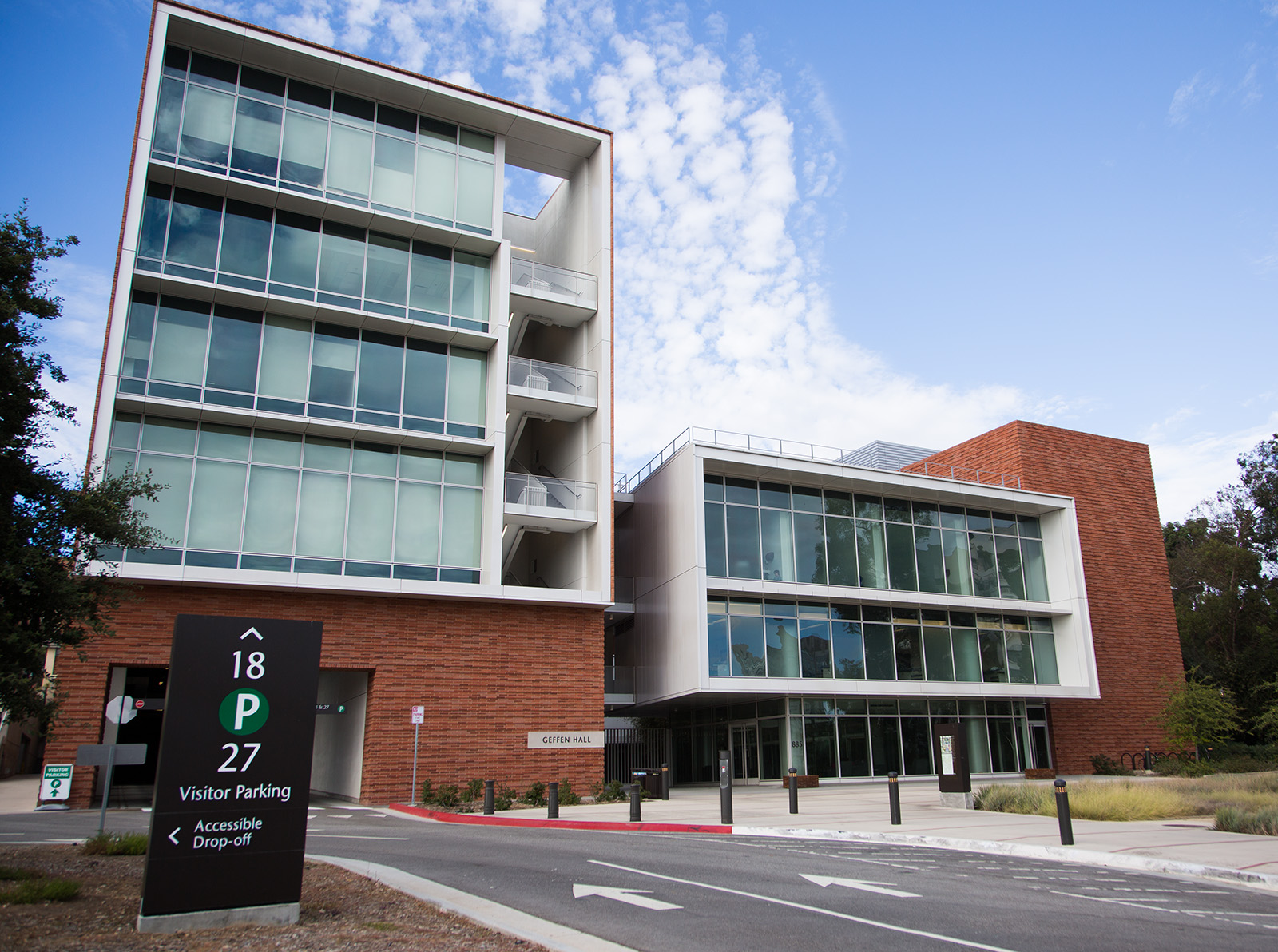UCLA researchers develop drug to counteract effects of Alzheimer’s disease, stroke
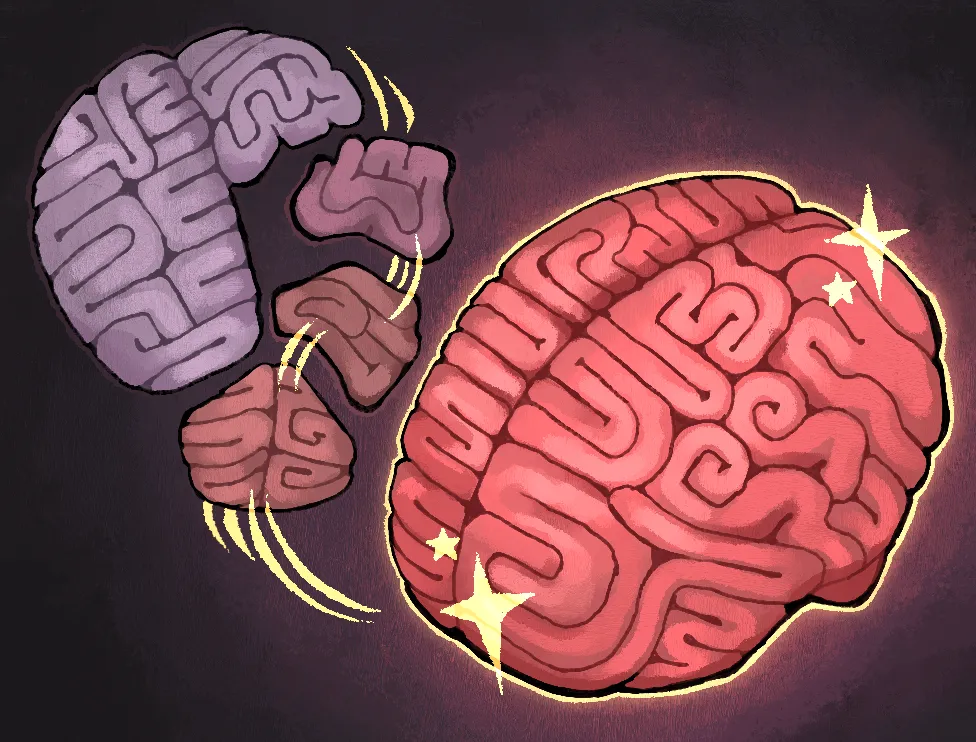
(Helen Sanders/Daily Bruin staff)
By Leilani Krantz
May 29, 2025 3:38 p.m.
UCLA researchers have developed a drug that counteracts the impaired cognition caused by Alzheimer’s disease and reestablishes brain connections following strokes in mice.
The team began searching around six years ago for a molecule that would induce gamma oscillations – natural brain waves that are involved in memory, said Varghese John, the director of the Drug Discovery Laboratory at UCLA. Gamma oscillations can also be defined as electrical patterns that synchronize the activity of neurons in brain tissue, said Dr. S. Thomas Carmichael, a professor and chair of the department of neurology at the David Geffen School of Medicine.
These oscillations are lost as Alzheimer’s disease progresses, contributing to a limited memory capacity, John said.
Istvan Mody, a distinguished professor of neurology and physiology at the School of Medicine, said identifying a molecule that targeted the right receptors was difficult.
“It is like you’re a kid with a little basket, and you search high and low for Easter eggs,” he said. “We found a very old publication that fit our idea of a molecule that might be doing what we wanted it to do, and we started from there.”
Mody said the molecule, DDL-920, blocks the inhibition of parvalbumin neurons, which are specialized cells that contribute to the development of gamma oscillations.
Researchers then administered the drug to mice displaying signs and symptoms of Alzheimer’s disease. Around 24 to 48 hours after receiving doses, the impacted mice completed memory tests and performed similarly to those without Alzheimer’s disease symptoms, showing a reversal of memory loss, Mody said.
The finding uncovers a novel approach in Alzheimer’s disease treatment research, John said. Existing FDA-approved antibody therapies successfully clear protein plaque buildup in the brain but do not notably change the progression of the disease, unlike DDL-920, he added.
Additionally, approaches to reach gamma oscillations from the outside – including light stimulation and transcranial magnetic stimulation – cannot impact regions deeper into the brain, such as the hippocampus, John said.
“That’s where DDL-920 has a big advantage because it is administered orally, and as a result, it gets into the circulation and then gets into the brain and distributes in all the regions of the brain,” he added.
Increases in gamma oscillations are seen at extremely low doses of the drug, John said. The molecule is promising as treatment for even early stages of mild cognitive impairment – an application that will still need further research, he added.
“We now need to move it to the clinic, and that’s going to take some significant resources, funding and effort,” John said.
In addition to its implications for Alzheimer’s treatment, DDL-920 shows potential for aiding stroke patients’ recovery processes, John added.
Gamma oscillations are disrupted by stroke, Carmichael said.
Stroke rehabilitation therapy improves the connection between parvalbumin neurons and other cells called pyramidal neurons, he added. However, rehabilitation has barriers, as it is difficult to give patients sufficient doses, and older stroke patients may have mobility issues, Carmichael said.
Carmichael’s team administered DDL-920 to mice and found it to produce the effects of stroke rehabilitation.
“If a pill could do some of the brain biology of rehab, that would really help,” he said.
The drug is still at the preclinical stage, and extensive testing will be needed to verify its effectiveness as a treatment in human patients, John said.
Researchers and medical professionals work in close proximity at UCLA, which is critical for scientific discoveries like these, Carmichael said.
“You need the two, not just on a Zoom, but they really have to work together – run into each other in the hallways and think about new ideas,” Carmichael said. “The entire spectrum is present at a place like UCLA.”


